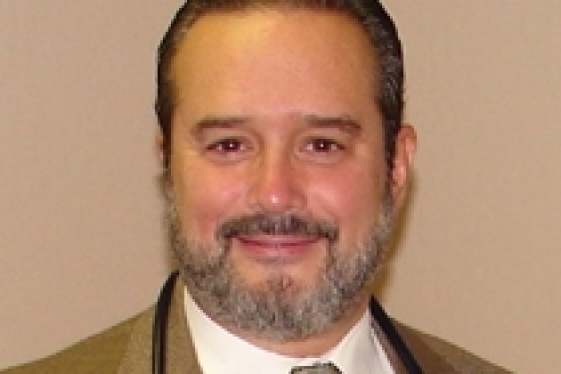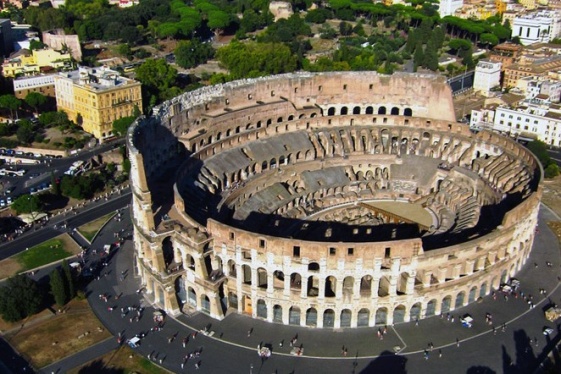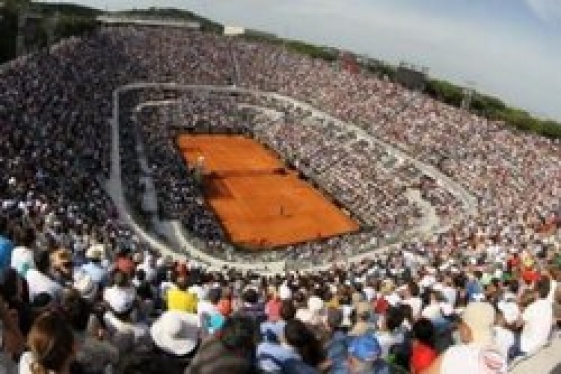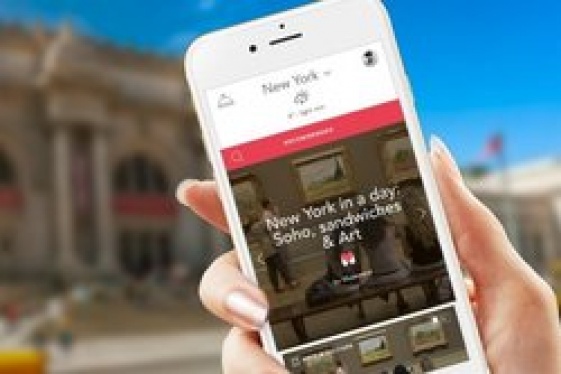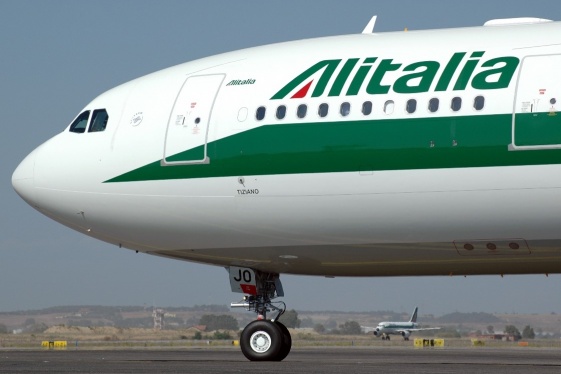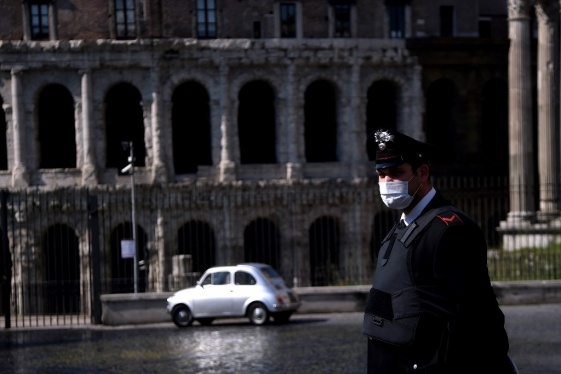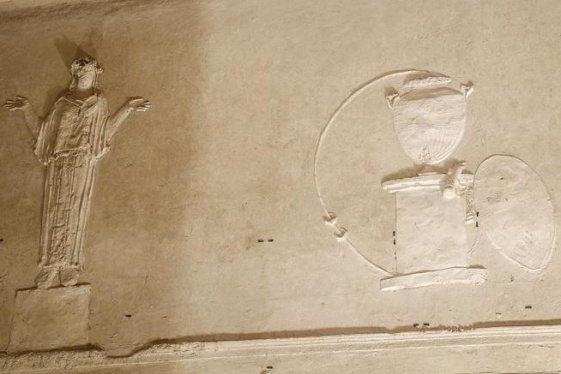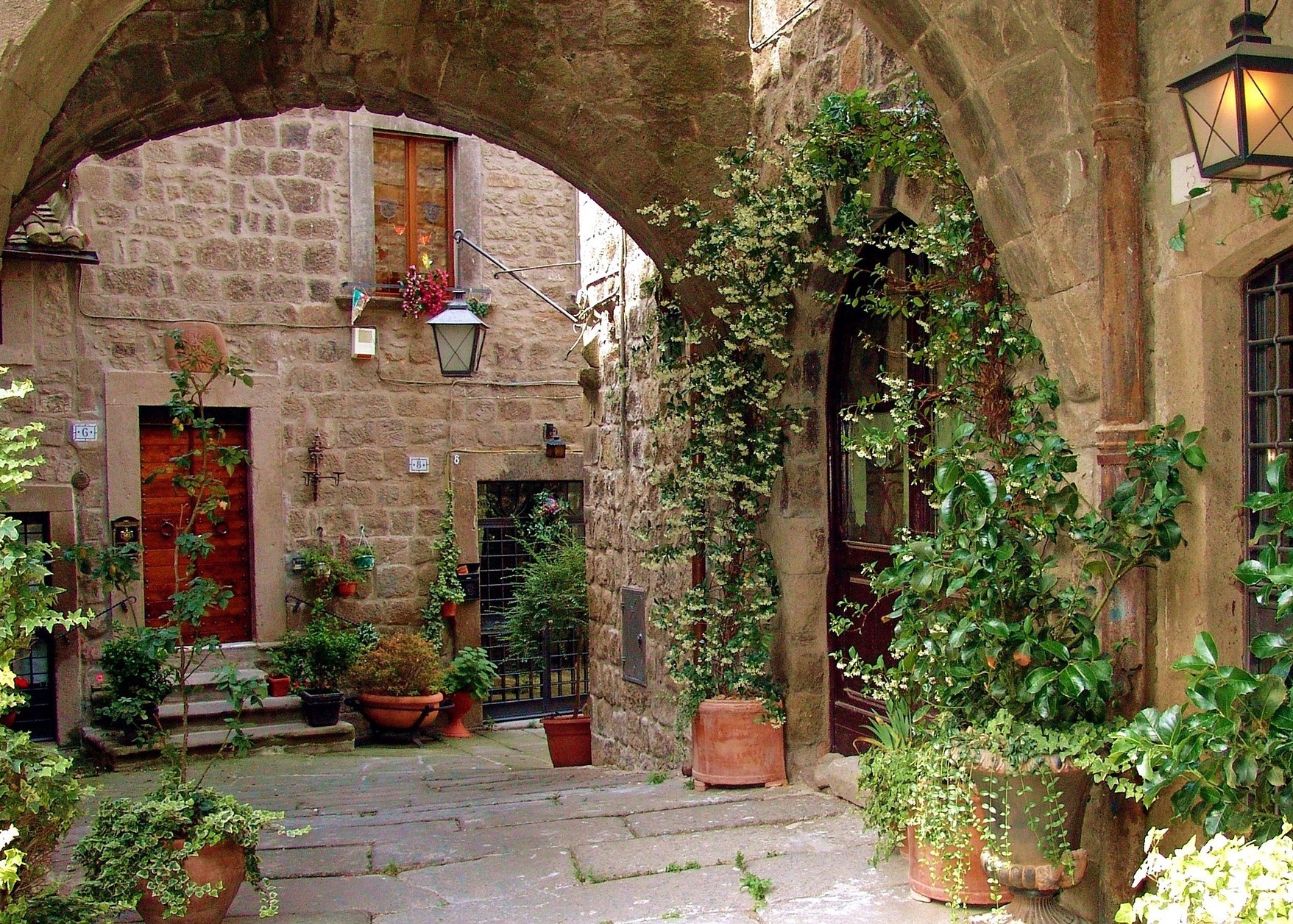

BY: Olivia Box
When I moved to Viterbo, life became slower overnight. I was encouraged to embrace a completely different way of living than what I knew as an American. A new lifestyle of shopping at morning markets and getting my bread from the Antico Panificio Pianoscarano, a stalwart since 1930, and sipping my espresso at the local bar.
Viterbo is a living postcard of the medieval era, and the modern day city holds onto many elements from this time period. Memorabilia from its time as a conclave for the Catholic church and maps of the Via Francigena, the pilgrimage from Canterbury to Rome, are found throughout Viterbo. History is not only present, but in your face; the city embraces its roots around every corner. To integrate myself with such a culture, I learned to slow down, get a little lost and immerse myself in the daily life of its people.
SOURCE: https://italysegreta.com
You may be interested
-
Arnaldo Trabucco, celebrated medical practit...
Arnaldo Trabucco, MD, FACS is a leading urologist who received his medical training at ins...
-
Exciting Palatine. Interview with Clementina...
You can tell she fills with excitement when she has the chance to show an important archae...
-
Italian Open's History and Records: A tale o...
For Italians, and Romans in particular, the Open is not just a tennis tournament where cha...
-
Musement, the Italian App to travel “as you...
by Claudia Astarita Musement – the Italian innovative online platform – has launc...
-
'A piece of flying Italy around the world': T...
Ciao ciao, Alitalia. Italy's storied flag carrier has announced it will no longer issue ti...
-
'A summer without travel': How long will Ital...
As the Italian government prepares to bring in “phase two” of the national lockdown measur...
-
'Basilica of Mysteries' reborn in Rome
The so-called 'Basilica of the Mysteries' has been reborn in Rome. The basilica, one of th...



